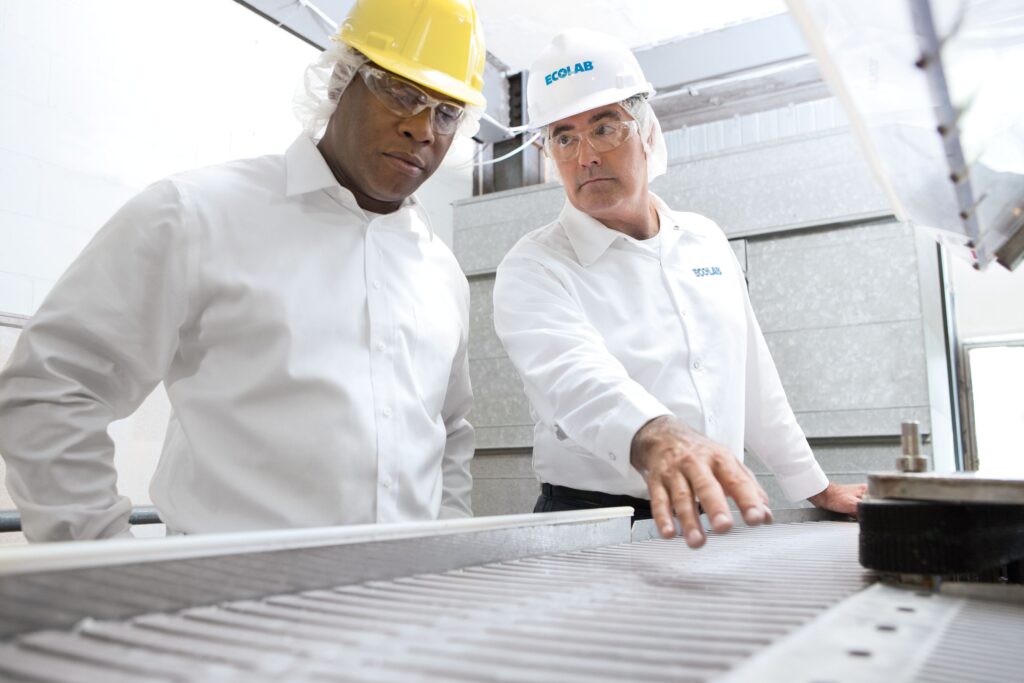Strengthening Food Safety and Re-establishing Consumer Trust
Listeria spp. is a naturally occurring bacteria found in soil, water, and animals. Listeria monocytogenes is a pathogen that survives (and sometimes thrives) in many different environments. And, unfortunately, some of those environments include food manufacturing sites around the world.
In the European Union (EU), Listeriosis cases rose from 2019 to 2023 to the highest level since the start of EU-level surveillance in 2007 – according to The European Union One Health 2023 Zoonoses report. In the United States, Listeria remains the leading cause of microbiological recalls, with several high-profile outbreaks in the news. And it’s not just the outbreaks impacting the consumers and the involved companies it’s impacting trust in our entire industry. In fact, consumer confidence in the safety of the US food supply has fallen from 70% to 62% based on the 2024 International Food Information Council annual study.
So how do we better manage it?
Listeria control requires a comprehensive, multi-pronged approach:
1. Sanitation and Hygiene: Effective cleaning and sanitizing processes are critical in preventing Listeria contamination. This includes validation and verification of cleaning protocols to ensure they are effective in eliminating the pathogen.
2. Environmental Monitoring: Build an aggressive swabbing program that verifies cleaning and sanitation and incorporates sampling sites, frequency, testing methodology, acceptable criteria and corrective actions.
3. Root Cause Analysis: When contamination is detected, conducting a thorough root cause analysis helps in identifying the source and implementing corrective actions to prevent recurrence. This involves analyzing data, identifying the cause, and making necessary adjustments to processes.
4. Training and Education: Continuous training and education of employees on food safety practices and the importance of their role in maintaining a safe food environment are vital. This helps in fostering a culture where food safety is a shared responsibility.
So, how do you know if you have a strong food safety culture when it comes to Listeria control? Ask yourself: Are my frontline sanitation team members motivated to find it or motivated to confirm a negative result? If it’s the latter, it’s time to reconsider your Food Safety Culture.
At the core of your Food Safety Culture, you need to ensure every team member – at every level and from every function – understands their role in food safety and – just as importantly – feels confident in sharing when they find any food safety concerns. For example, if a team is routinely penalized for positive Listeria results, they may, over time, lean toward testing mainly the stainless steel, easy-to-clean counters versus a hard-to-reach bolt cap under a conveyor belt with a tendency for product buildup.
This proactive approach and strong culture not only mitigate risks but actively contributes to regaining consumer trust. Understanding and addressing the root causes of contamination, coupled with transparent communication about the steps taken, are crucial in demonstrating the industry’s commitment to food safety.
When foodborne illness outbreaks happen, it impacts consumer confidence for the entire industry. But when we work together as an industry, we can re-establish our consumers’ trust in the industry’s ability to provide safe and enjoyable foods.
To learn more and help us refine this call to action, please join me in the discussion at our GFSI 2025 special session Re-establishing Consumer Confidence in All the Foods We Eat: A Call to Action on 1 April. More background information about this session is available here: Your Food Safety Partnership.

